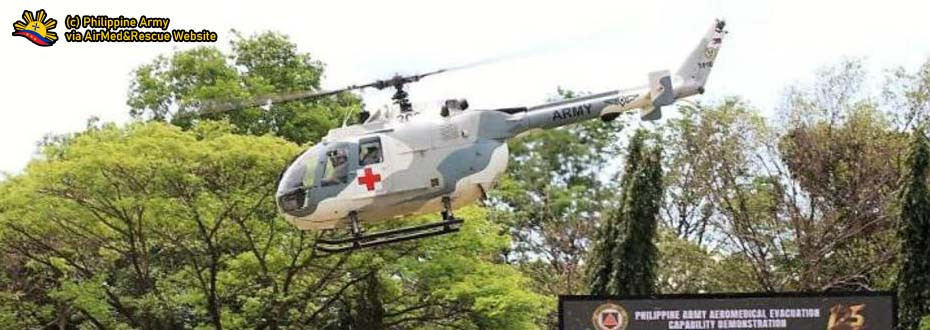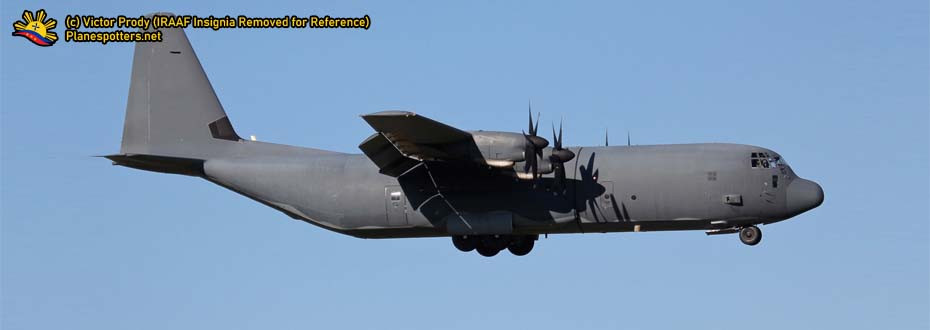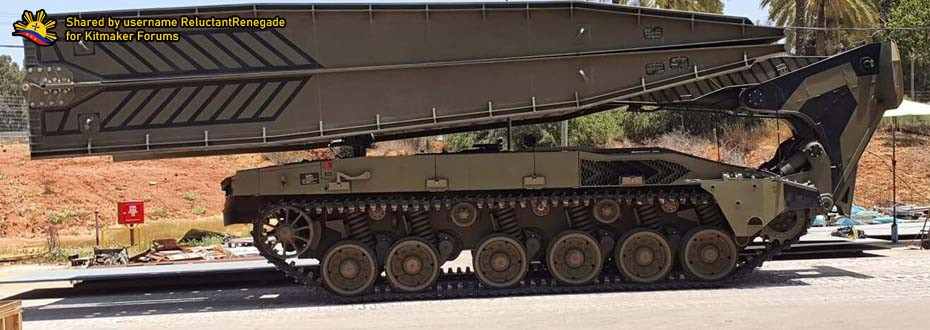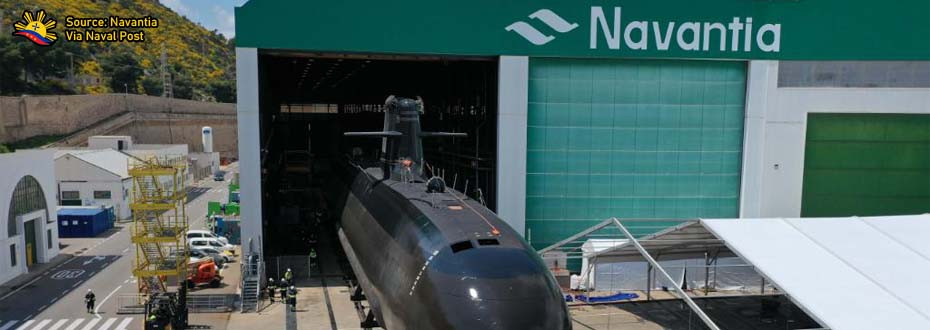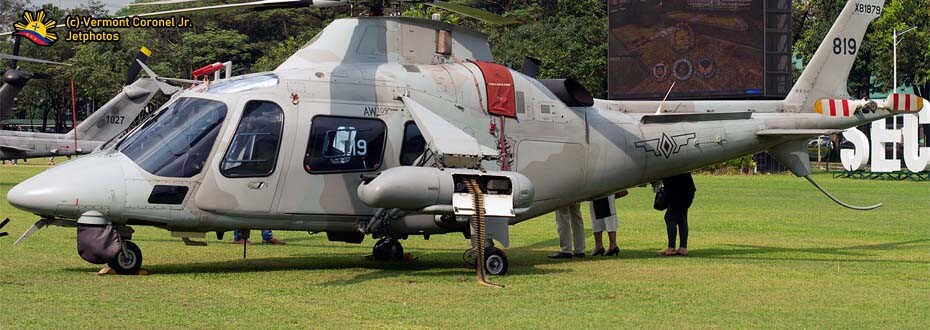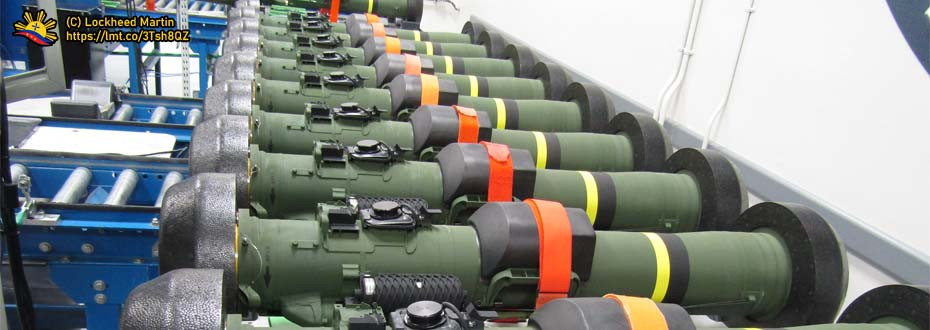The Philippine Armed Forces at present gets a certain number of equipment that it gets, which includes sophisticated equipment. In this case, the Philippine Air Force presently has 12 newly bought FA-50PH which are categorized as Lead-in Fighter Aircraft by the end user which are used as a transitional platform for the pilots to use as the plans of buying more sophisticated aircraft like the multi-role aircraft (MRF) are being materialized behind the scenes.
Buying military equipment isn't always pertaining to simply getting it and use it up to its purpose. Like a vehicle got by a single family, practicality options are to be considered where aside from the main equipment itself, support services shall also be checked out in its worth wherein it is vital for the armed forces to have so as it will determine the lifespan and usefulness of the military equipment through enhancing its maintenance, streamlining logistics, and of course, providing facilities for suiting these jets for local use which is to tweak its capacity depending to the capability of a nation to do so as well as on the terms of the deal like tech transfer.
Just so we know, gaining military capabilities and military equipment comes with a step-by-step process in order to get things right without a hitch. This refers to understanding D-O-T-M-L-P-F + P or Doctrine, Organization, Training, Materiel, Leadership and Education, Personnel and Facilities plus Policy and its application to fill up capability gaps within the Armed Forces. We will discuss it in-depth later on in this website.
Read more: DOTMLPF-P Analysis - AcqNotes
IMPORTANCE
 |
Philippine Air Force FA-50 Lead-in Fighter Trainer.
Credits to the photo owner.
|
The importance of military infrastructure, particularly to its support services, is indeed vital that are essential to ensure victory in the battlefield. Such services are so very important that it pretty determine a nation's victory in a war a a whole.
It's easy for any military to buy a weapons system from the defense industry (provided that they have the financial resources to do so). But if others can own the same piece of hardware, how to do an air force gain an edge over others?
Operational requirements differ between end users. One of the major differences that separates the professional user and the average one is the ability to change and adapt any weapon bought on the open market to suit local operational requirements. This is the first step to achieving the capability of indigenous production of particular equipment.
The ability to improve on a standard piece of kit by making local modifications to it to extend its combat capability. An example for the Philippines would be the FA-50PH. Does the PAF have an in house capability to change the FA-50PH to extend it's capability? For example, change its radar source code to adapt it to match local conditions to make it more effective? Or introducing your own indigenous Electronic Warfare updates to its self-protection suite? If these capabilities are non existent, then depending on external support means a potential security compromise.
It also means you won't be able to adapt fast enough to changing threats and mission requirements. Should the AFP concentrate on developing local a Electronic Warfare directorate to drive development of indigenous Electronic Warfare equipment and tactics? Is the current AFP in general ignoring the vital fourth domain of soft kill Electronic Warfare?
Electronic Warfare is a highly sensitive, even taboo, subject. Other countries guard their Electronic Warfare secrets tightly and rarely share them with others. Even off the shelf jamming pods are often supplied as black boxes with only the most basic of operation modes. To bring out the best, the user have to upload their own operational doctrines into the system. If the Philippines don't have the capability to do so, it would be at the mercy of those who have already mastered the so called 'Black Magic of Modern Warfare'.
Overall, such weapons will still render useless even if it is so sophisticated in nature, citing that it shows vulnerabilities in a way that once exploited, this weapon will never function and thus, infiltrating an airspace will be a piece of cake. In covert operations, such vulnerabilities, as suggested, must be mitigated at an earlier time possible from the point of discovery so as there will be no regrets in the future. For such vulnerabilities, if left unchecked, will have devastating consequences.
SUMMARY/MAIN POINT
 |
| FA-50PH in formation. Credits to its owner. |
The main point given here is directly correlated to "tech transfer" opted for maintenance. In this matter, the Philippines does not have the current capability to change the capabilities of an aircraft, especially on its software.
Even the Government-owned Philippine Aerospace Development Corporation can do it where it is primarily opted for aircraft maintenance, repair and assembly of aircraft even though its driving force are for self-reliance, technology transfer and national security. The Revised AFP Modernization Program or R.A. 7898 emphasizes this matter, which it goes in line with improve capabilities that may include modification and weapons adaptability that include the ideas on Electronic Warfare. These may do not come clearly in the picture yet since they rarely discuss it because of the lack of updates and more priorities on improving other areas, but it doesn't mean that the hope is gone.
It may get materialized later, but in the end, it is still those within the ranks and others who are involved are the ones who will call the shots. In the end, it is welcoming that military procurement is still taking place, and there may be assurance that soon, not at the present, that topics like this will get into the picture once more.
(c) 2018 PDA, first edition 8-5-2022











